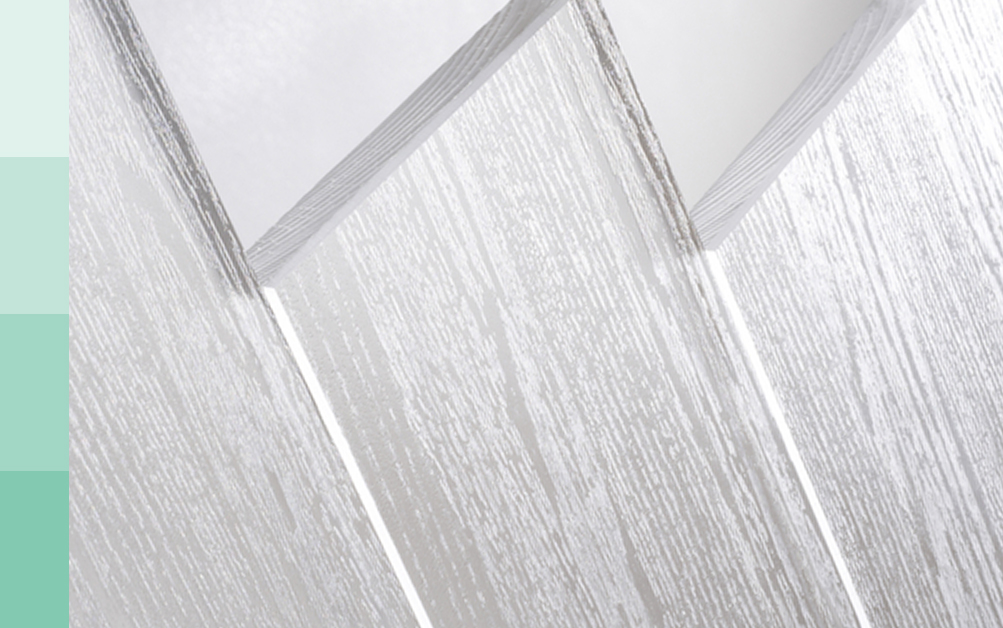Researchers have taken timber and crafted a new, sturdy material that is see-through and capable of storing and releasing heat, like transparent wood.
The material could be used for the construction of energy efficient homes. So far, the product is classed as environmentally friendly however, the researchers plan on adapting the foundation of the design to increase its biodegradable features, replacing glass, plastic and cement.
Céline Montanari of the KTH Royal Institute of Technology in Stockholm said, “We prepared a material that is multi-functional – it can transmit light very well and also it can store heat. We combined these two functions in a single material.”
For the production of the material, the team used ‘balsa wood’ and removed its lignin, the component of wood which enhances the strength and colour. After this, an acrylic substance was introduced to the tissues, filling the pores from the lignin and the hollow vessels that carried water through the tree. According to Montanari, this process maintains the structure of the wood and restored it’s strength and improved its optical properties.
Recently, polythene glycol was mixed in to the acrylic substance in attempt to permeate the wood. Polythene glycol melts when storing heat energy, and hardens when temperatures fall, releasing the energy in the process. This shows that the wooden material, that is semi-transparent and fully transparent when heated, could be used to make buildings more energy-efficient, storing heat from the sun and releasing it in to the home.
Montanari said, “if you take 100g of this transparent wood material with the [polyethylene glycol] inside, it can absorb up to 8,000J of heat, which corresponds to basically what a 1W [bulb] could produce in two hours.”
However, the construction industry is not unfamiliar with energy storing materials, as there are various other ways of using insulation to reduce energy consumption. The team behind this new transparent wood say that their particular approach is a refreshing development from the standard options, as the material reduces the need for oil-based and related CO2 emissions.
Montanari claims that there is yet a large amount of progress to be made, by replacing the acrylic with a biodegradable substance and by scaling up production.
The professor of materials and society at University College London, Mark Miodownik, was not involved in the research nor development of the material. He opposed to the concept and cautioned against engineering the product to be biodegradable, claiming that this would, in fact, decrease the sustainability of the material.
He says, “We need construction materials to be carbon sinks and so they need to be recyclable and reusable, not biodegradable,” he said, adding that one possibility would be for the new type of timber to be recovered from buildings and used in new projects, similar to the way steel is used in “modular construction”.
The study draws an unclear conclusion for the future of transparent wood in homes. The concept bares many benefits and makes for a promising outcome for the environment, despite negative speculations. While construction methods have moved beyond the wooden era and on to glass and metal, it is fascinating to observe the full circle as we land back at timber usage, this time with innovative scientific developments.

